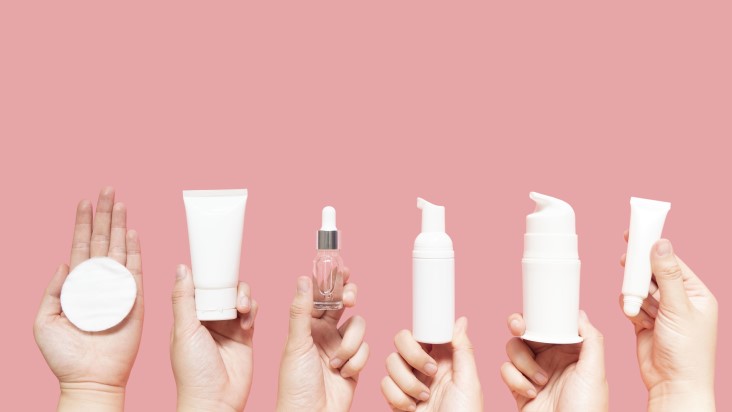
As you start learning more about makeup and skin care, something you’ll probably hear a lot about is “skin type.” The thing is, this can be a tough topic to tackle. Many people have a hard time determining their own skin type, which can make it difficult to accurately choose the right skin care products. If you want to get the right skin care for you, it’s important that you learn a bit more about the various skin types out there.
Normal
In reality, there’s no such thing as “normal” skin; normal skin varies from person to person. However, many skin care companies and experts use this term to refer to healthy skin — skin that’s well taken care of and isn’t too oily or too dry. It’s basically skin that doesn’t have any specific requirements for skin care.
In general, you probably have normal skin type if you’ve already been taking good care of your skin for many years. You may also have normal skin if you’ve never really considered skin care because it doesn’t seem like a priority. The important thing to remember is that even if you feel like your skin is healthy now, it’s vital that you put in the work to keep it that way.
Dry
Dry skin doesn’t produce enough sebum, which is the oil your skin produces. That can lead to irritation, itchiness and a general feeling of roughness. Many people in hot or dry climates can develop dry skin without proper moisturization, and moisture is what you need the most of with dry skin.
If your skin looks dull or feels tight and uncomfortable, you might have dry skin. Dry skin is also more likely to face damage from the sun or the elements because it doesn’t have the right lipids to protect it from damage. If you have dry skin, remember that moisturization is all-important. Invest in a great moisturizer and use it at least once a day.
Oily
As the opposite of dry skin, oily skin produces too much sebum. You may have oily skin if you notice a sheen on your skin regularly or if you have lots of problems with acne. Remember that your face isn’t the only skin that will show these signs, so take into account the rest of your body as well.
Although it might be tempting to clean your skin more roughly to get rid of the excess oil, that actually might be a bad idea; some oily skin has more oil because it’s trying to over-compensate for excess cleaning. Avoid thick moisturizers, but make sure you use a cleanser that also includes moisturization to effectively combat your oily skin.
Combination
This mildly controversial skin type consists of oily skin in your T-zone, which is your forehead, nose and chin, and dry skin on your cheeks. Some experts don’t believe that combination skin is its own skin type, instead of feeling like it’s actually an oily skin type or a variation on skin type in the winter versus skin type in the summer. Regardless of the “type” of skin, it’s important to combat these issues directly.
The best thing to remember here is that you can definitely apply different products to different areas of your face. Consider investing in skin care products for oily skin and for dry skin, then applying them to the different areas of your face that fit those requirements. Don’t be afraid to shop around a little; if you find a product that works well for your entire face, definitely use that.
Conclusion

Your skin is the largest organ on your body, and it’s important to take care of it. However, taking care of your skin means knowing what issues your skin currently has and working to combat those issues. By determining your skin type and purchasing the right products for that skin type, you can move toward healthy skin. If this concept of creating healthy skin has piqued your interest in skin care, you should definitely follow that interest. Get more information about the Ogle School esthetics program and learn more about how your interest in skin care could prepare you for a career.



